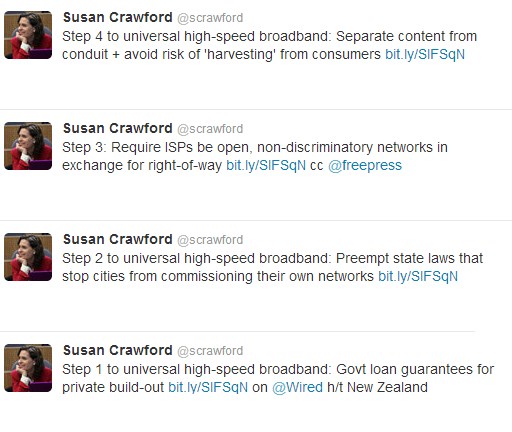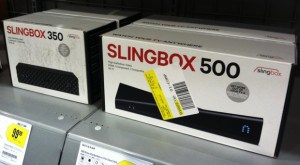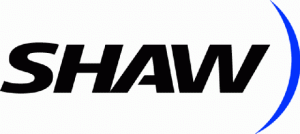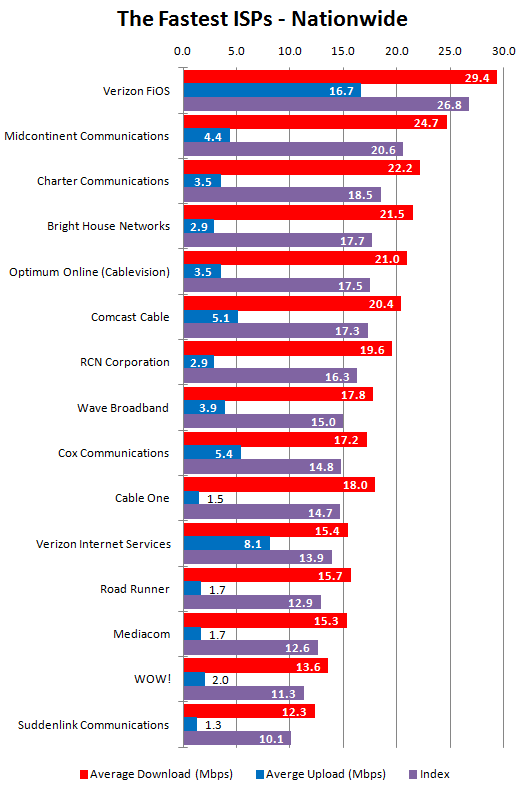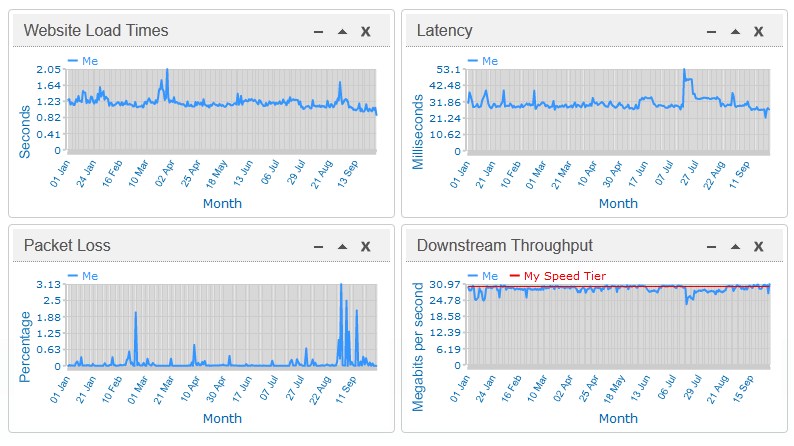Now come on, you are both pretty… slow that is.
Suddenlink Communications is crawling mad that Frontier Communications has been hammering the cable company over their broadband speeds, which PC Magazine this week proclaimed were nothing to write home about. The cable operator successfully challenged some of Frontier’s ads with the National Advertising Division of the Council of Better Business Bureaus.
The group recommended Frontier cease making claims that its DSL service offers “dedicated” lines to the Internet in contrast to Suddenlink, which forces customers to share their connection with the whole neighborhood.
Frontier claims Suddenlink’s network can bog down during peak hours, while Frontier makes sure customers consistently get the speeds they pay for.
Many of the ads targeted customers in West Virginia, who regularly tell Stop the Cap! neither provider competing there offers particularly good service.
“Is Frontier kidding?,” says Shane Foster, a former Frontier customer in West Virginia. “I was supposed to be getting up to 6Mbps service and I was lucky to get 1.5Mbps at 2 am.”
 Foster says he believes Frontier oversold its DSL network in his area, with speeds slowing even further during the evening and weekends when everyone got online. While Frontier may not require customers to share a line from their home to the company’s central office, congestion can occur within Frontier’s local exchange or on the connection Frontier maintains with Internet backbone providers.
Foster says he believes Frontier oversold its DSL network in his area, with speeds slowing even further during the evening and weekends when everyone got online. While Frontier may not require customers to share a line from their home to the company’s central office, congestion can occur within Frontier’s local exchange or on the connection Frontier maintains with Internet backbone providers.
“The technician sent to my house even privately admitted it,” Foster tells Stop the Cap!
Foster switched to Suddenlink, but he is not exactly a happy customer there either.
 “Their usage caps suck, the service is slow, and their measurement tool is always broken,” Foster shares. “West Virginia doesn’t just get the bottom of the barrel, it gets the dirt underneath it.”
“Their usage caps suck, the service is slow, and their measurement tool is always broken,” Foster shares. “West Virginia doesn’t just get the bottom of the barrel, it gets the dirt underneath it.”
Frontier Communications says it has been making improvements in West Virginia and other states where it provides DSL broadband. Some areas can now subscribe to 25Mbps service because of network upgrades. Foster says he would dump Suddenlink and go back to Frontier, if they can deliver speeds the rest of the country gets.
“Sorry, but 1.5Mbps is not broadband and with their prices, tricky fees and contracts it is robbery,” says Foster. “They need to clean up their act and I’ll come back. I hate usage caps with a passion.”
Frontier says it will appeal the NAD’s decision. But Frontier might do better advertising its broadband service as usage cap free — something customers consistently value over those running Internet Overcharging schemes.


 Subscribe
Subscribe
